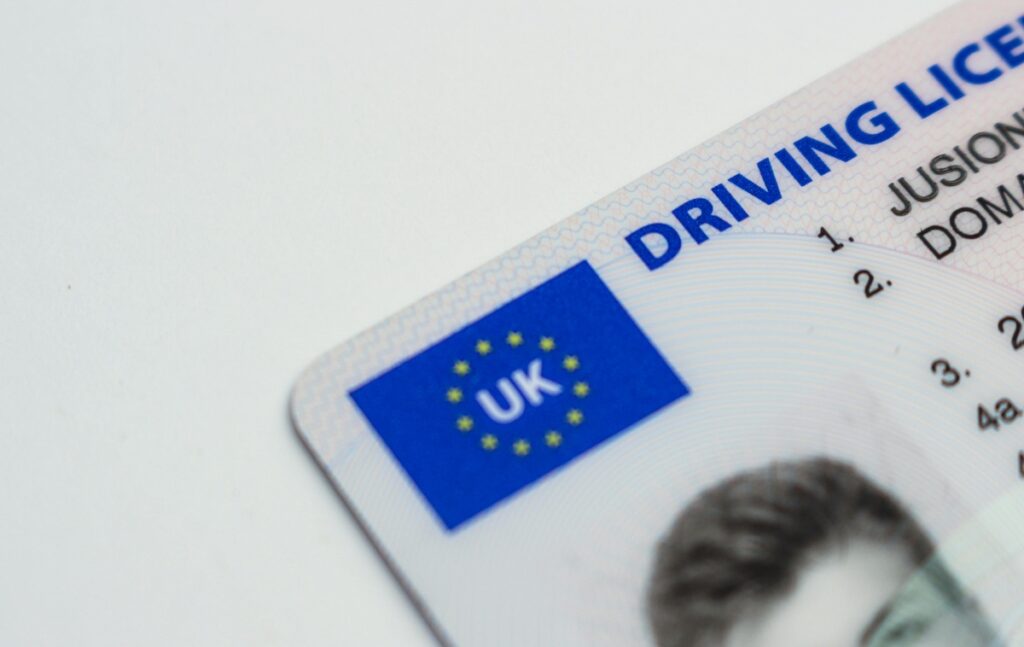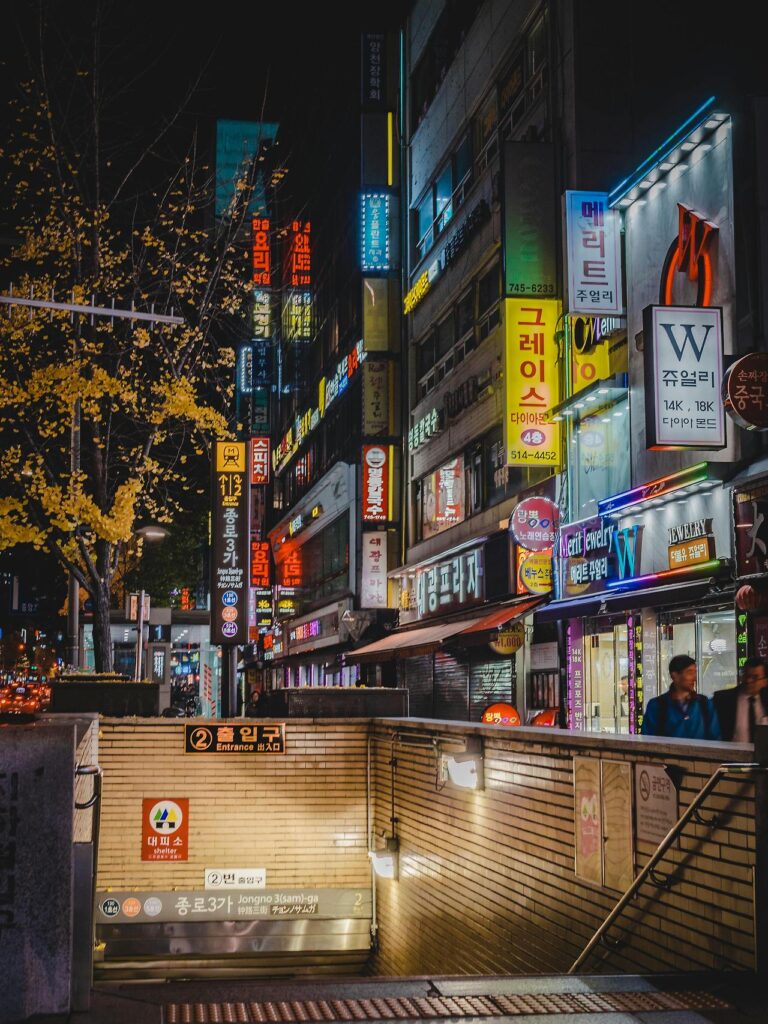Introduction: Why the Seoul Subway Is More Than Just Transport
Seoul is a megacity with nearly 10 million residents and one of the most complex transportation networks in the world. The Seoul Metropolitan Subway connects not only the capital but also satellite cities like Incheon, Suwon, and Ilsan. For locals, it is an everyday tool; for foreigners, it can be both a challenge and a fascinating cultural lesson.
What makes the subway unique in Korea is not just its size or efficiency, but also the cultural norms that surround it. The silence of the train cars, the etiquette of seating, the reliance on local map apps like Kakao and Naver, and the experience of stepping off the plane at Incheon Airport and immediately riding the AREX Airport Railroad—these are all distinctively Korean.
This guide will show you not just how to ride the subway, but how to experience Korean society through it, from unspoken cultural rules to practical navigation tips.
1. The AREX Airport Railroad: First Step Into Seoul
For almost every foreign visitor, the first subway experience in Korea is the Airport Railroad Express (AREX, 공항철도). Connecting Incheon International Airport (ICN) and downtown Seoul, AREX has become the backbone of airport transfers.
AREX Train Types
- Express Train (직통열차)
- Direct from Incheon Airport Terminal 1/2 to Seoul Station.
- Travel time: about 43 minutes.
- Reserved seating, comfortable with luggage racks.
- Ticket price: around 9,500–10,000 KRW.
- Best for business travelers or those heading straight to Seoul Station.
- All-Stop Train (일반열차)
- Stops at major stations: Geomam, Gimpo Airport, Digital Media City, and Hongdae (Hongik University).
- Travel time: 55–65 minutes to Seoul Station.
- Ticket price: around 4,750 KRW.
- Most popular with tourists staying in Hongdae because it connects directly.
👉 Tip for travelers: If your hotel or Airbnb is in Hongdae, the All-Stop train is not only cheaper but also saves you the trouble of transferring.
Buying Tickets
- Machines are multilingual (Korean, English, Chinese, Japanese).
- Payment by credit card or cash.
- T-money cards (rechargeable transport cards) can also be used.
- You can buy T-money at convenience stores in the airport before boarding.
2. First Cultural Lesson: Quiet Atmosphere
Foreigners often describe their first subway ride in Seoul as “surprisingly quiet.” Unlike New York or London, where conversations and buskers fill the train, Korean subway cars are usually silent.
- Talking is minimal. Commuters read, sleep, or use smartphones.
- Phone calls are rare. Most people text or use messaging apps like KakaoTalk.
- Music is private. Headphones are always used, and volume is kept low.
👉 Unspoken rule: Respect the silence. Speaking loudly or playing music without headphones will draw stares.
3. Priority Seating: More Than Just a Seat
Every subway car has priority seats (노약자석) marked in different colors. These are reserved for:
- The elderly
- Pregnant women
- Disabled passengers
Pink Seats for Pregnant Women
Seoul introduced special pink seats (임산부 배려석) to encourage courtesy. Even if empty, most passengers leave them alone.
👉 Important tip for foreigners:
Do not sit in priority seats unless you qualify. It’s considered disrespectful, even if the train is empty. A common mistake is foreigners sitting there out of ignorance.
4. Real Stories From Foreigners
Many foreign travelers share anecdotes about cultural misunderstandings. For example:
- A tourist sat in a pink seat and was politely asked to move.
- Another played music aloud on their phone and noticed the entire car staring at them until they stopped.
These moments, while embarrassing, show how deeply ingrained subway etiquette is in Korea.
5. Navigation Apps: Kakao Map and Naver Map
Google Maps does not work well in Korea. Instead, locals use Kakao Map and Naver Map.
Benefits for Subway Travel
- Exit Numbers: Critical in large stations like Gangnam (10+ exits).
- Real-Time Schedules: Trains run every 3–5 minutes, but the apps show exact arrival times.
- Transfer Guidance: Some transfers take up to 10 minutes of walking underground. Apps show the fastest route.
Example: Incheon Airport → Hongdae
- Kakao Map recommends the All-Stop AREX.
- It also shows which car number is closest to the escalator at Hongdae station—saving you time.
👉 Pro Tip: Always download both Kakao and Naver. If one app glitches, the other often works.
6. Subway History: From 1974 to Now
- 1974: Line 1 opens, connecting Seoul to Incheon and Suwon.
- 1980s–90s: Expansion continues with Lines 2–5.
- 2000s: AREX and Bundang Line added.
- Today: Over 23 lines, 700 km of track, serving 7 million daily passengers.
The subway has shaped modern Korea, making commuting fast and enabling the growth of satellite cities.
7. Cultural Differences Compared to Other Countries
- Japan: Similar silence, but Korean subways have better Wi-Fi.
- China: Louder, more crowded, less orderly than Seoul.
- USA (NYC): More entertainment, music, and public interaction, but less safe and less clean.
- UK (London Tube): Historic but expensive, lacks Seoul’s advanced digital integration.
8. Safety and Cleanliness
- CCTV everywhere → enhances safety.
- Screen doors on platforms → prevents accidents.
- Free Wi-Fi → rare in other countries, standard in Seoul.
- Climate control → heated in winter, cooled in summer.
For women and solo travelers, this safety makes Seoul’s subway one of the best in the world.
9. Tourist Routes Using the Subway
- Airport → Hongdae: Youth culture, street food, nightlife.
- Hongdae → Myeongdong: Shopping district, famous for skincare and K-pop stores.
- Myeongdong → Gyeongbokgung: Historic palace, walking distance from Gwanghwamun.
- Seoul Station → Busan: Transfer to KTX bullet train for long-distance travel.
👉 By combining subway and high-speed trains, foreigners can see all of Korea.
10. Everyday Subway Life: Observations
- Sleeping commuters: Common sight, even during short rides.
- Smartphone culture: Nearly everyone is on KakaoTalk, Instagram, or games.
- Fashion on trains: Many people treat the subway like a runway.
Conclusion: Seoul Subway as a Cultural Mirror
Taking the subway in Seoul is more than just transportation. It’s a mirror of Korean society: disciplined, efficient, and respectful. From your first step onto the AREX at Incheon Airport, to navigating Hongdae’s youthful energy, to understanding why people sit silently, the subway offers both practical transport and cultural lessons.
For foreigners, mastering the Seoul subway means mastering not just how to move, but also how to blend into Korean life.

